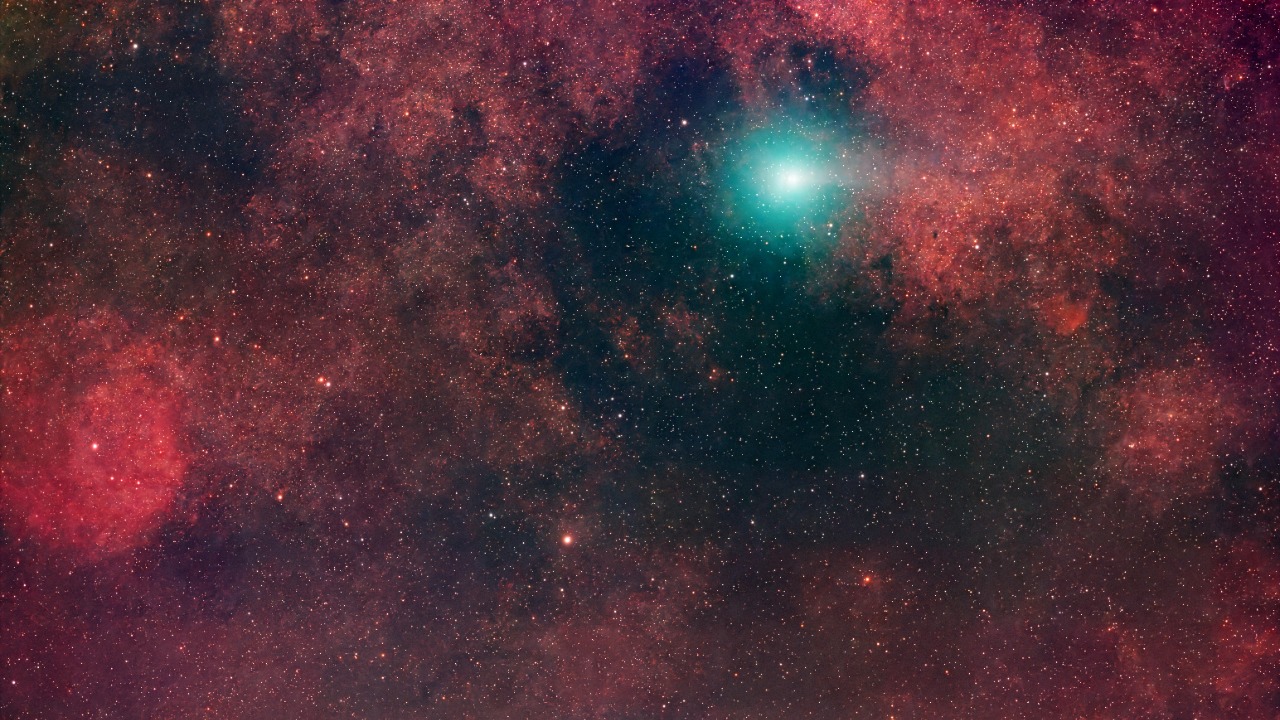
The James Webb Space Telescope (JWST) has potentially made a groundbreaking discovery, detecting what could be the universe’s first generation of stars, known as Population III stars. These primordial stars, formed shortly after the Big Bang, could provide key insights into the early universe’s evolution and the formation of the first galaxies. Some studies even suggest that these stars may have been powered by dark matter interactions, challenging traditional models of cosmic formation.
James Webb Space Telescope Capabilities
The JWST, with its advanced infrared observation capabilities, has been instrumental in peering into the early universe. It can detect light from objects over 13 billion years old, providing a glimpse into the cosmic dawn era. Launched in 2021, the JWST’s advanced instruments surpass previous telescopes like Hubble in resolving faint, distant signals. Through its deep-field imaging techniques, the JWST has played a pivotal role in spotting potential first-generation stars, as reported by Live Science.
Defining the First Generation of Stars
Population III stars are the hypothetical initial stars formed from pristine hydrogen and helium gas, lacking heavier elements forged in later stellar processes. These stars are predicted to have been massive, up to hundreds of solar masses, and had short lifespans. Their supernovae would have seeded the universe with the first metals. A recent report suggests that the JWST may have identified these stars as the universe’s earliest stellar population.
Key Observations from JWST
The JWST has detected an ancient stellar cluster that potentially contains the first stars formed in the universe. Spectral signatures indicating low-metallicity environments, consistent with Population III characteristics, have been observed in deep-space fields. A recent analysis links this cluster to early universe star formation.
Potential Role of Dark Matter
Theories suggest that dark matter could have influenced the formation and powering of these first stars by providing gravitational scaffolding in the early cosmos. JWST data might show unusual energy profiles suggesting dark matter annihilation as a heat source for proto-stars. A study from October 2025 proposes that the JWST found the universe’s first stars powered by dark matter.
Implications for Early Galaxy Formation
The observed ancient cluster could demonstrate the buildup of the first galaxies through mergers of Population III star groups. Evidence from JWST suggests these stars’ radiation and explosions cleared hydrogen fog, allowing galaxy structures to emerge. A recent report links the cluster to the mechanisms of initial galaxy formation.
Supporting Evidence from Multiple Studies
Findings from astronomers using JWST data to identify candidates for the universe’s first stars corroborate these observations. Independent verifications across research teams, including redshift measurements placing objects at z > 10, further support these findings. Reports from ExplorersWeb and MoneyControl highlight these discoveries.
Challenges and Next Steps
Confirmation challenges exist, such as distinguishing true Population III signals from contaminated later-generation stars in JWST images. Future JWST observations, including longer integrations and multi-wavelength follow-ups, are proposed to validate the detections. The dark matter-powered stars study also notes ongoing debates regarding alternative explanations for the observed phenomena.
More from MorningOverview